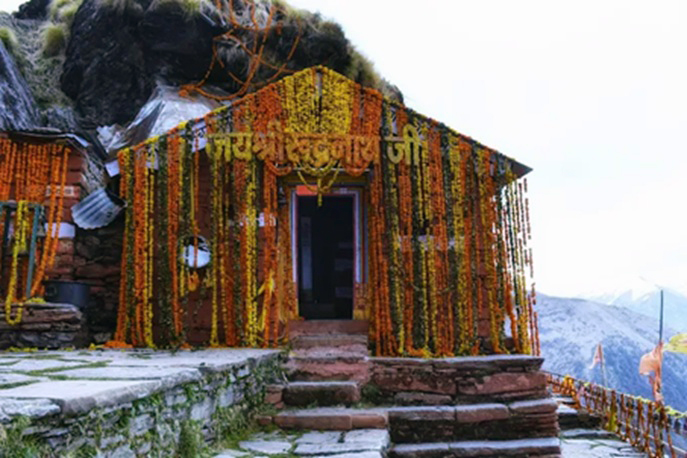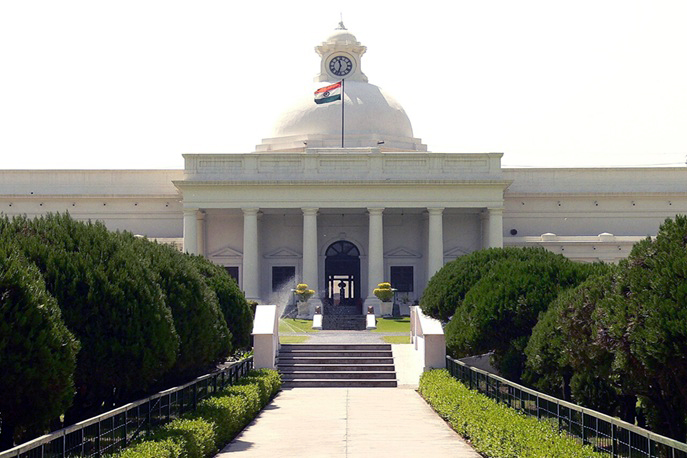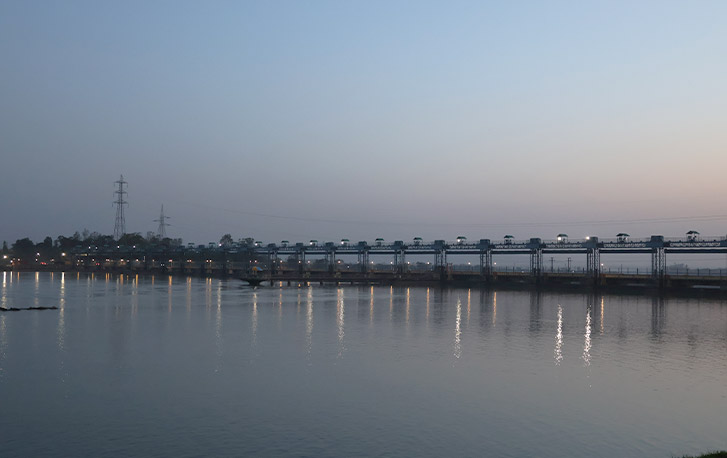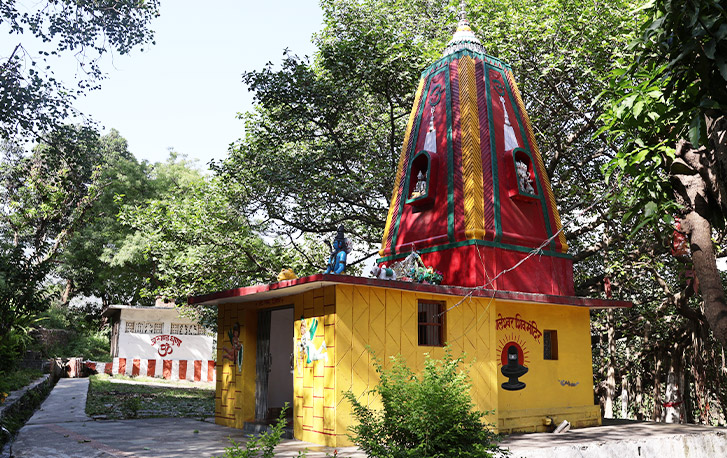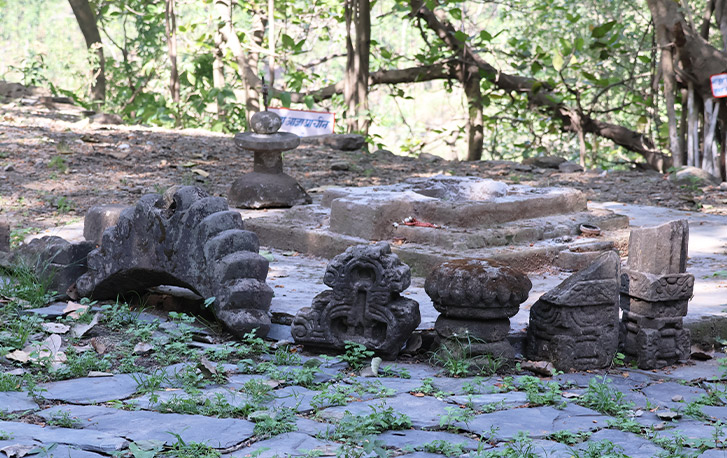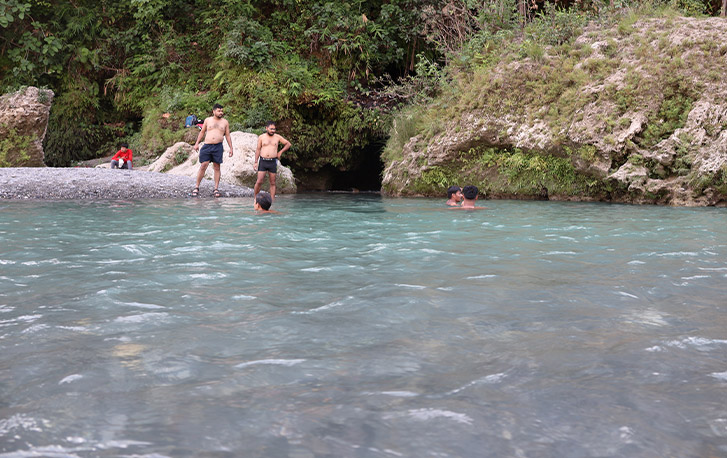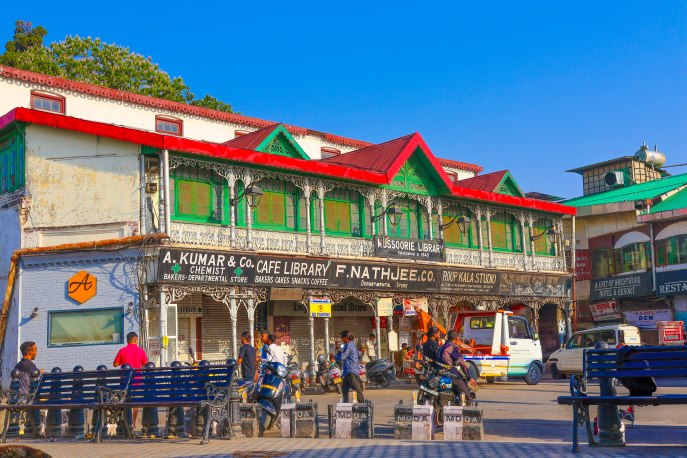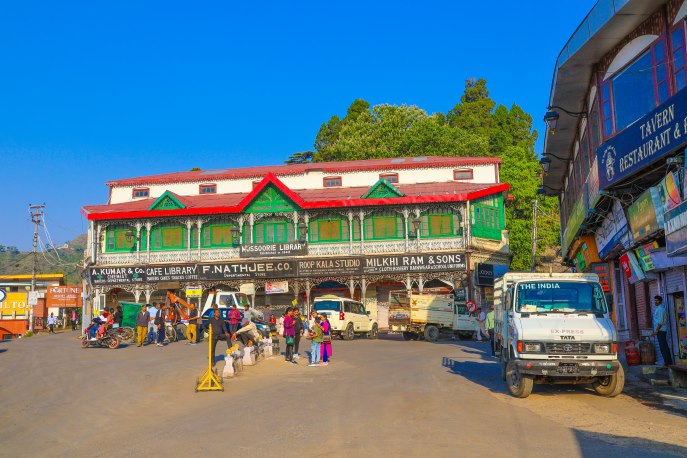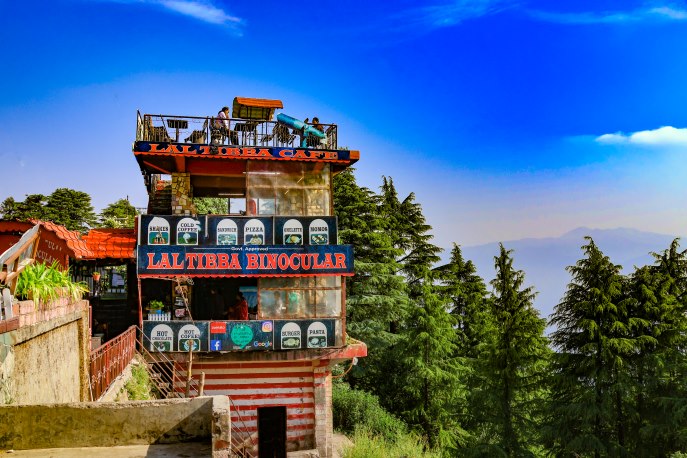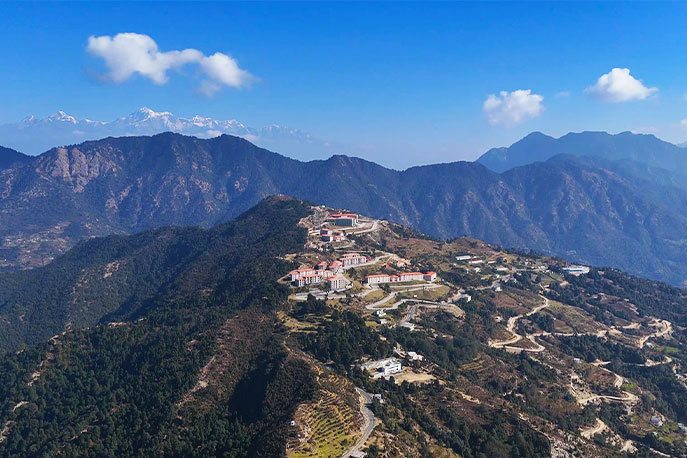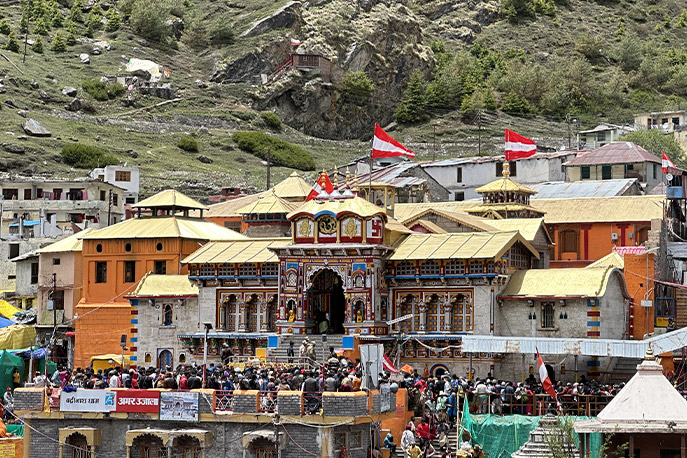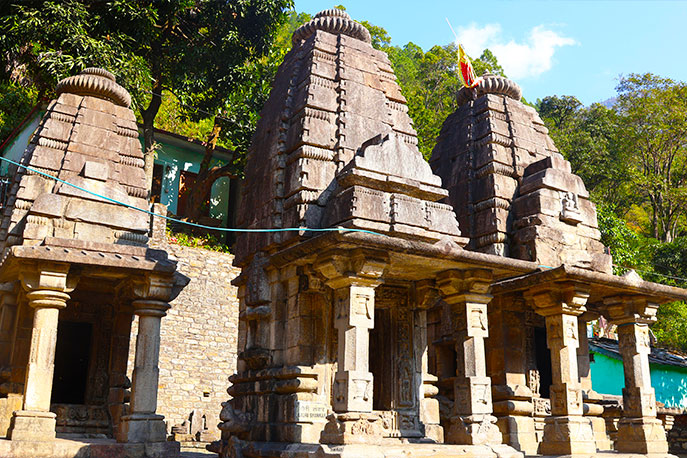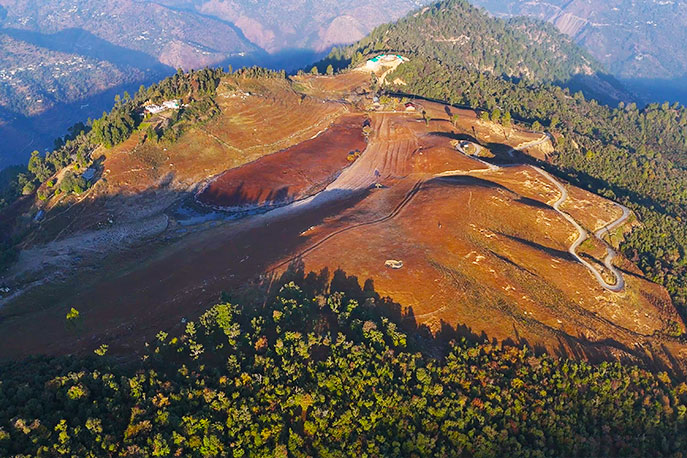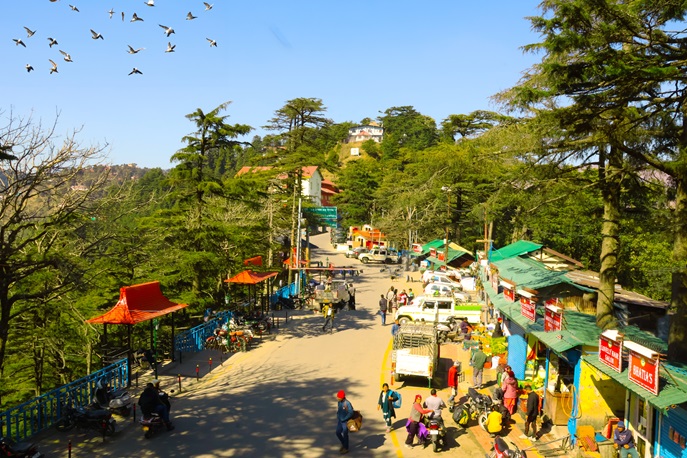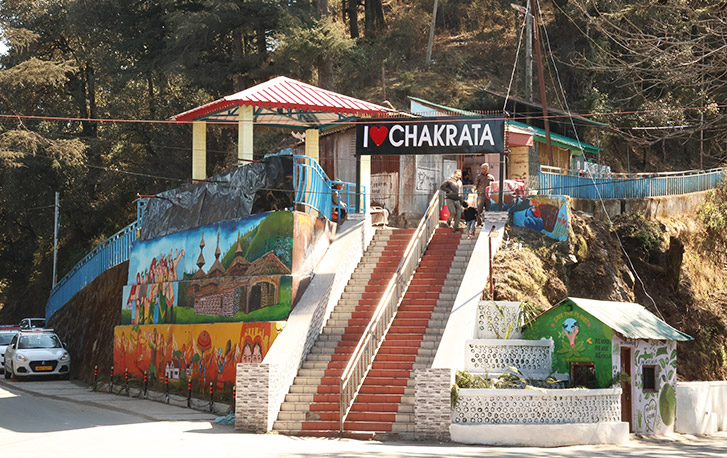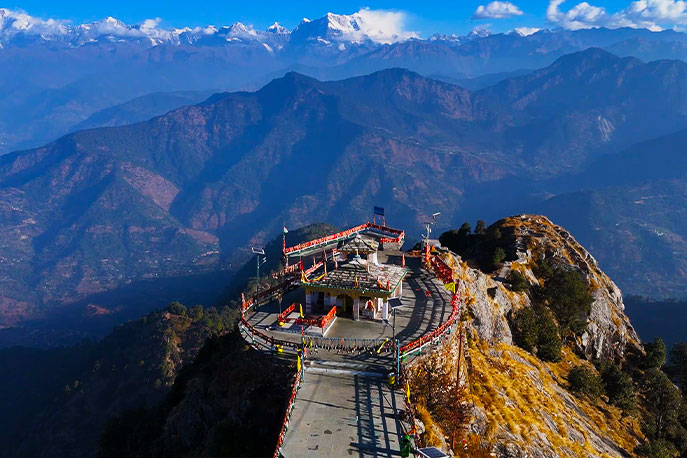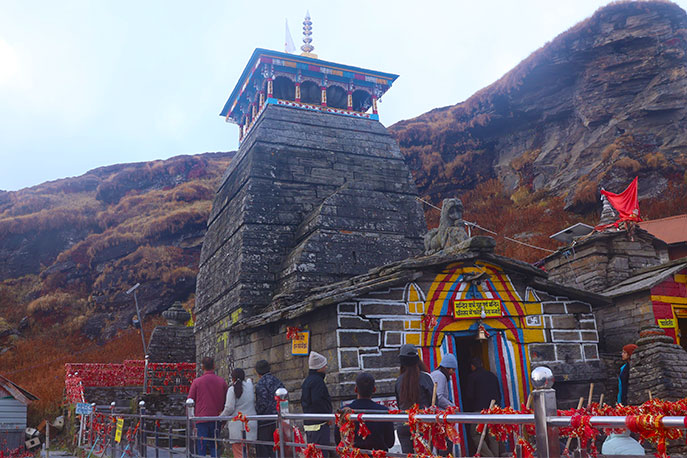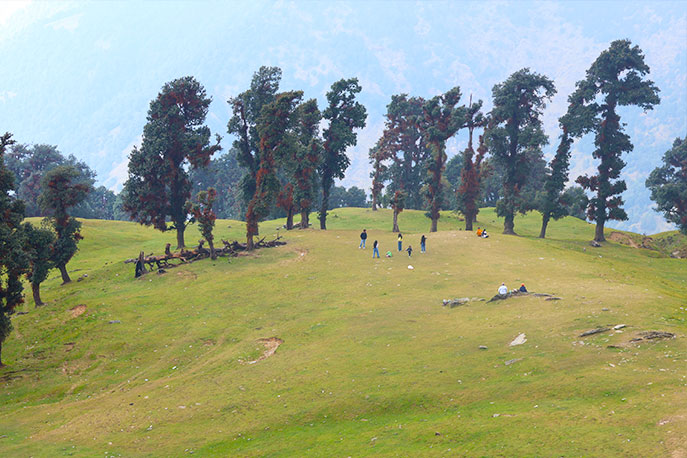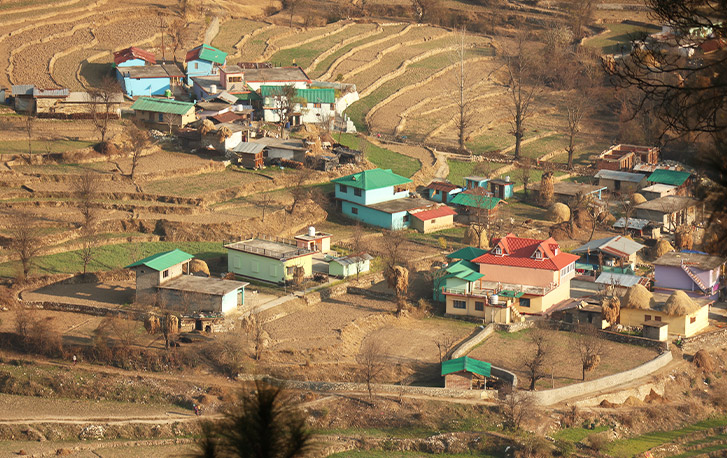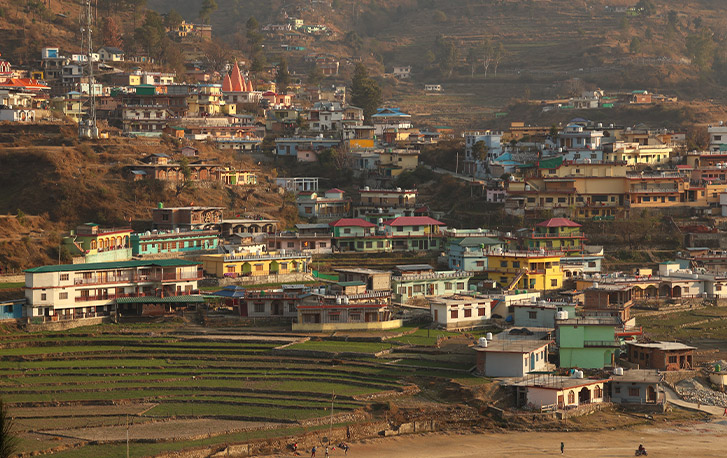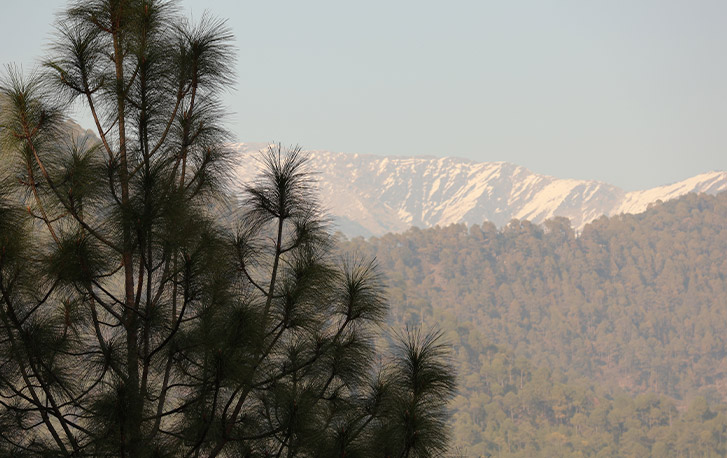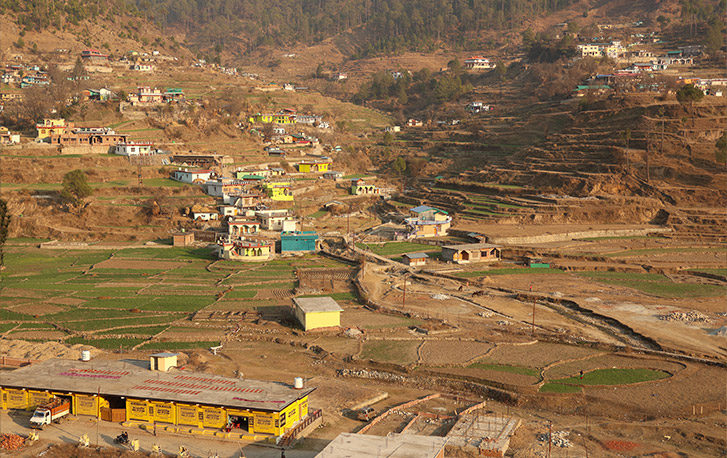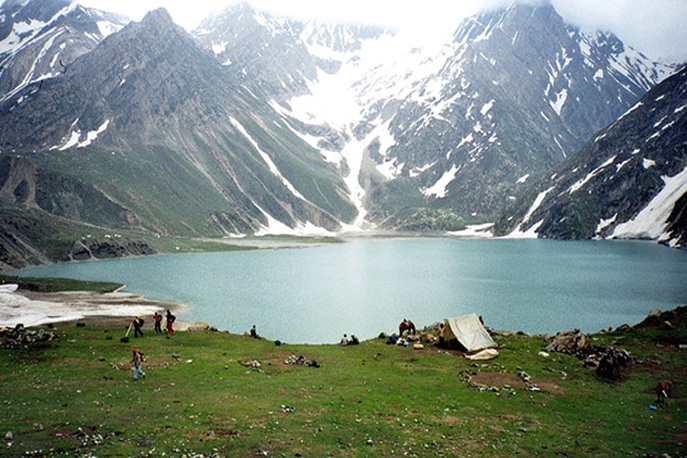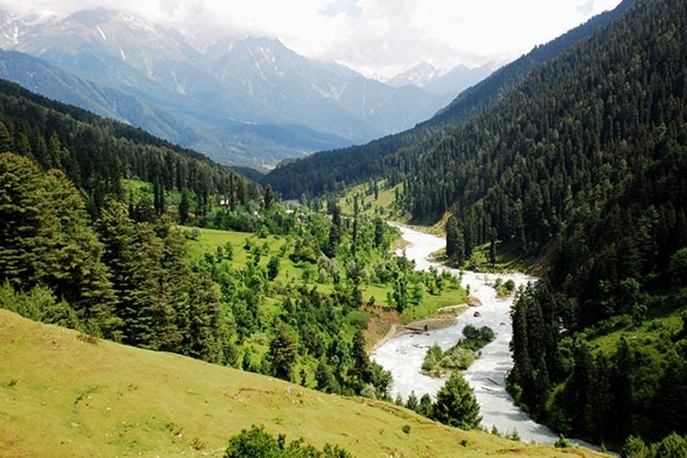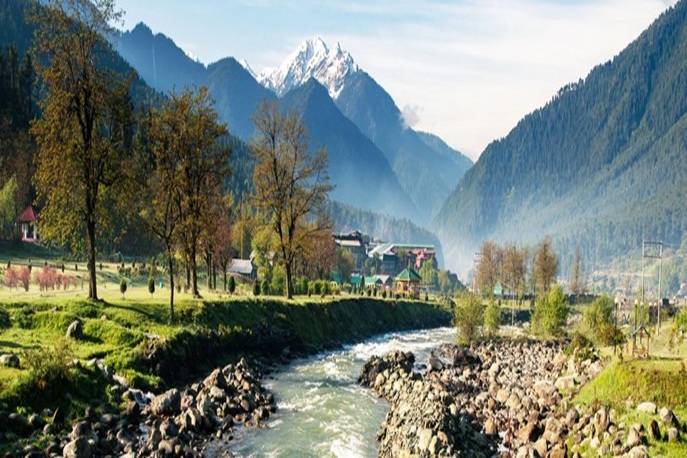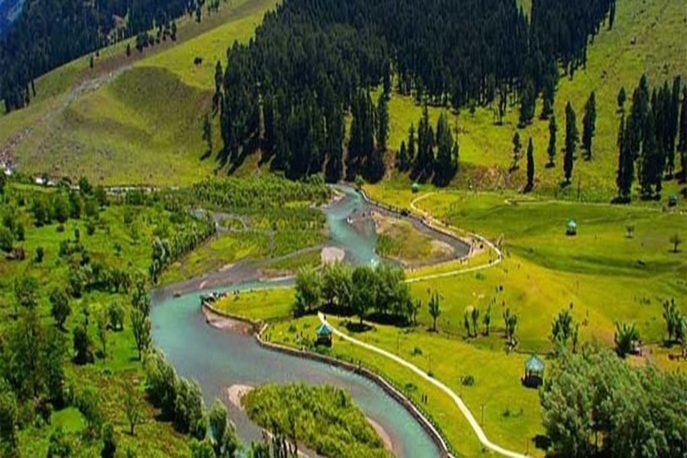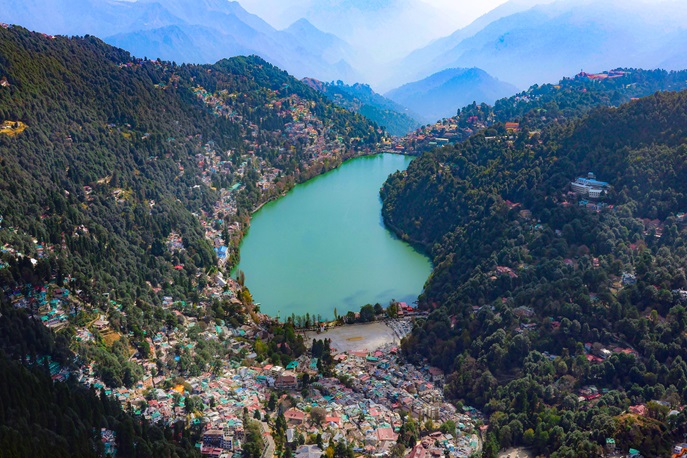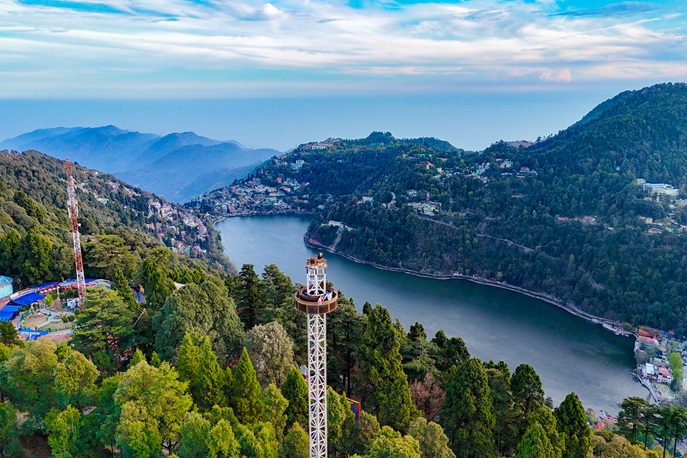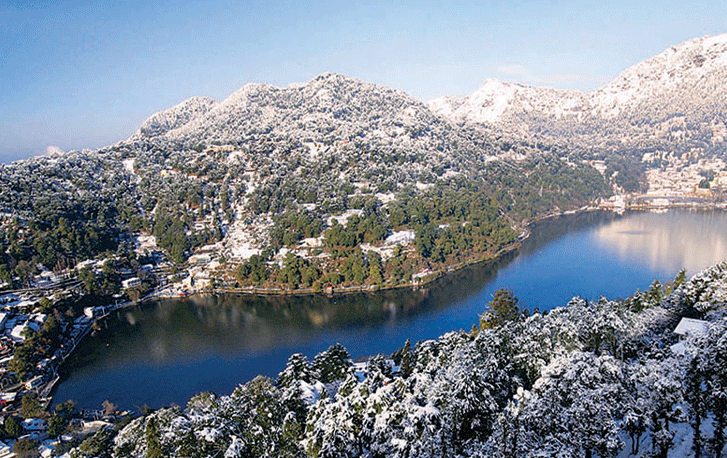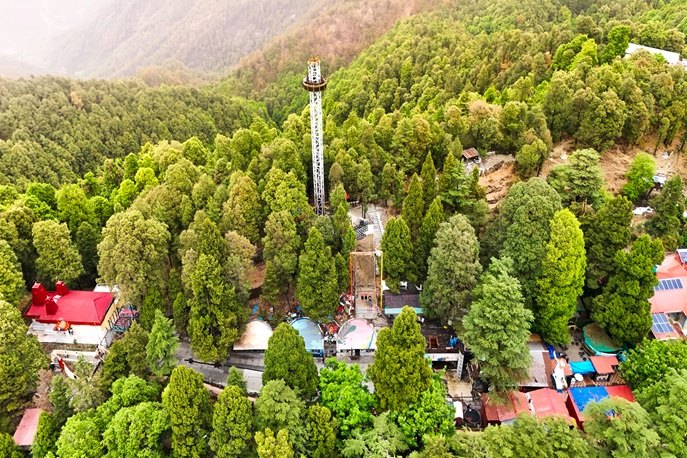Shri Rudranath Temple
Related Video
About
Shri Rudranath Temple, dedicated to Lord Shiva, is located in Uttarakhand Chamoli district. Among the Panch Kedar (Five Kedar), Rudranath is the fourth temple. Rudranath is the toughest Kedar, as its 19 km trek from Sagar Village to Rudranath is considered the most difficult of all. The trail is surrounded by lush green forests, sprawling meadows, and diverse wildlife.
The temple itself is surrounded by Rhododendron forest with majestic views of the popular Himalayan peaks in its backdrop, like Nanda Devi, Nanda Ghunti, Hathi Parvat, Devasthan and Trishul Parvat. Every year on the full moon day in the Sawan (usually coinciding with Raksha Bandhan), villagers organised a fair at the temple. Temple is frequented by several adventure enthusiasts and devotees to seek the blessings of Lord Shiva.
Rudranath Trek-The Toughest Kedar
Among all the Panch Kedar treks, the Rudranath Trek is considered the most difficult one. Located around 270 km from Dehradun, Sagar Village serves as the last motorable point. Usually, the Rudranath journey starts from Sagar village; four additional routes from nearby villages have been added from this year are Gangol Gaon, Siroli, Gwar, and Kunjon-Maikot.
Each routes offer a unique experience of village life, its serenity, and a peaceful ambience. Its rugged terrain passes through villages, dense forest, mountains, rivers and rocky paths. Throughout the trail, the scenic view of the surrounding landscapes provides continuous motivation.
The journey to Rudranath Temple will test both physical endurance and mental strength. There is a popular saying near the area, "German Ki Ladai and Rudranath ki Chadai ek saman hai" (German war and Rudranath climb are equally challenging). Prior trekking experience and a local travel guide are a must for all undertaking the Rudranath Trek.
Fourth Kedar
Kedarnath Temple, followed by Madhyamaheshwar, then Tungnath, and at last ends with Kalpeshwar Temple. According to legend, the temple dates back to the Dwapar Yuga and was discovered by the revered guru Adi Shankaracharya in the 8th Century.
Among various attractions, the sacred Rudra Ganga, also known as the 'River of Salvation, ' is the major attraction. Offering forefathers pind (ancestral rites) here is considered auspicious. Near the temple, one can also find various holy kunds such as Surya Kund, Chandra Kund, Tara Kund, and Mana Kund.
Winter Seat
The portal of Rudranath Temple remains open only for six months, from May to October. During winter, the temple closes, and the idol of Lord Shiva is brought to its winter seat at Gopinath Temple in Gopeshwar. Before proceeding with this ritual, the locals worshipped the Vandevi, popularly known as the forest goddess who always protects the area.
Registration for Rudranath Temple
Like the Char Dham Yatra, the registration for the Rudranath Yatra is mandatory. It can be done online from the official website of Kedarnath Wildlife Sanctuary. Additionally, registration can also be done offline at registration centres in the respective base villages. Visitors must keep their Aadhaar Card and mobile number for registration.
Rudranath Temple Entry Fee
The Kedarnath Wildlife Division has earmarked an entry fee for Rudranath Temple, which is required to be paid by all. The fee will be submitted during registration, which is: -
| Indian | Rs 200/- |
| Foreigners | Rs 800/- |
| Senior Citizens (Indians) | Rs 100/- |
| Visitors between 12 to 18 years | Rs 50/- |
Opening and Closing Date
Rudranath Temple portal opens for the devotees on May 18, 2025. Similar to Tungnath and Kedarnath, Panch Kedar also remain open for six months a year. Once the portal is closed, the idol of Lord Rudranath is ceremoniously brought to Gopinath Temple. Along with others, the BKTC committee also announced the closing date of the Rudranath Temple. As per the committee, the Rudranath Temple will close for the devotees on October 17, 2025, at 5:00 AM.
Accommodation
Accommodation near the temple is limited, which is offered by the Temple committee. A few homestays are also available near the temple. Meanwhile, trekkers can also set up their own tent near the site. Additionally, staying options are also available at Sagar, Urgam, Panar and Lyuti Bugyal, which are en route to the Rudranath temple.
History
After defeating the Kauravas in the battle of Kurukshetra, the Pandavas are distressed due to fratricide and Brahma's killing. Seeking remorse of conscience, they sought refuge in Lord Shiva. However, Shiva is not happy with the Pandavas for what they have done in the Kurukshetra battle. In search of Shiva, when the Pandavas reach Guptkashi, the displeased Shiva tried to disguise them and took the form of a bull so he couldn't be recognised. After searching for a while, Bhim saw a bull grazing nearby and eventually recognised Shiva in the form of a bull. As soon as Bhim tried to catch the leg and tail of the bull, Shiva in the form of a bull, disappeared into the earth.
After disappearing, Shiva in his actual form appeared in five body parts at five different places: his waist in Kedarnath, hands in Tungnath, face in Rudranath, navel in Madmaheshwar, and hair in Kalpeshwar. Witnessing this divine form of Lord Shiva, the Pandavas bowed down and asked for forgiveness for their sins. Thereafter, the Pandavas worshipped Shiva in all five places where he appeared and built the temple of the five limbs of Shiva at these places, which are now collectively known as Panch Kedar.
Important Tips for Travellers
- Registration is mandatory before the journey.
- Visitors must start their trek from the village chosen during registration.
- To avoid any last-minute rush, book accommodation in advance.
- Avoid visiting during the monsoon season.
- Always carry essential items, such as waterproof trekking shoes, a Raincoat, a Water Bottle, Cash, an Emergency Light, woollens, a Power Bank, and a Tent.
- Mobile network connectivity is unavailable for most of the route.
- The trek route is challenging, so prior trekking experience and a local guide are mandatory.
- Check weather conditions before embarking on the journey.
- Follow the instructions shared by the tour guide and authorities.
- Always stay on marked trekking paths.
- Avoid littering in the open area.
- Do not dispose of cigarettes, sanitary pads, and bottles in bio toilets.
- Anyone found violating any rules will be fined up to Rs 1,00,000/- or will be imprisoned for up to 3 years.
- Possession or consumption of alcohol or any other narcotic substance is strictly prohibited.
- Now, trekkers are allowed to begin their trek after 2:00 pm.
Nearby Attraction
Visitors can explore some other notable places, such as: -
- Nandi Kund.
- Anusuya Devi Temple.
- Sagar Village.
- Panar Bugyal.
- Lyuti Bugyal.
How to Reach
By Road: - Rudranath Temple is located around 270 km from Dehradun ISBT. Sagar village is the last motorable point and can be reached by bus, shared taxi or by hiring a taxi. Buses and shared taxis are available up to Gopeshwar. From here, visitors can take a shared taxi to reach Sagar Village and start their 19 km trail to Rudranath Temple.
By Rail: - The nearest railway station is Yog Nagri Railway Station, in Rishikesh, around 213 km. Visitors can hire taxis from the airport and from Rishikesh Bus Stand, which is around 2 km from the station.
By Air: - The closest airport is Jolly Grant Airport, in Dehradun, around 228 km from Sagar Village. Taxis can be hired from the airport or from Rishikesh, which is around 16 km from the airport.
Best Time to Visit
The temple portals remains open for six months from May to October. The ideal time to visit is pre and post monsoon season.
Height from Sea Level
It is located at an altitude of 3,600 meters (approximately), around 11,800 feet from sea level.
